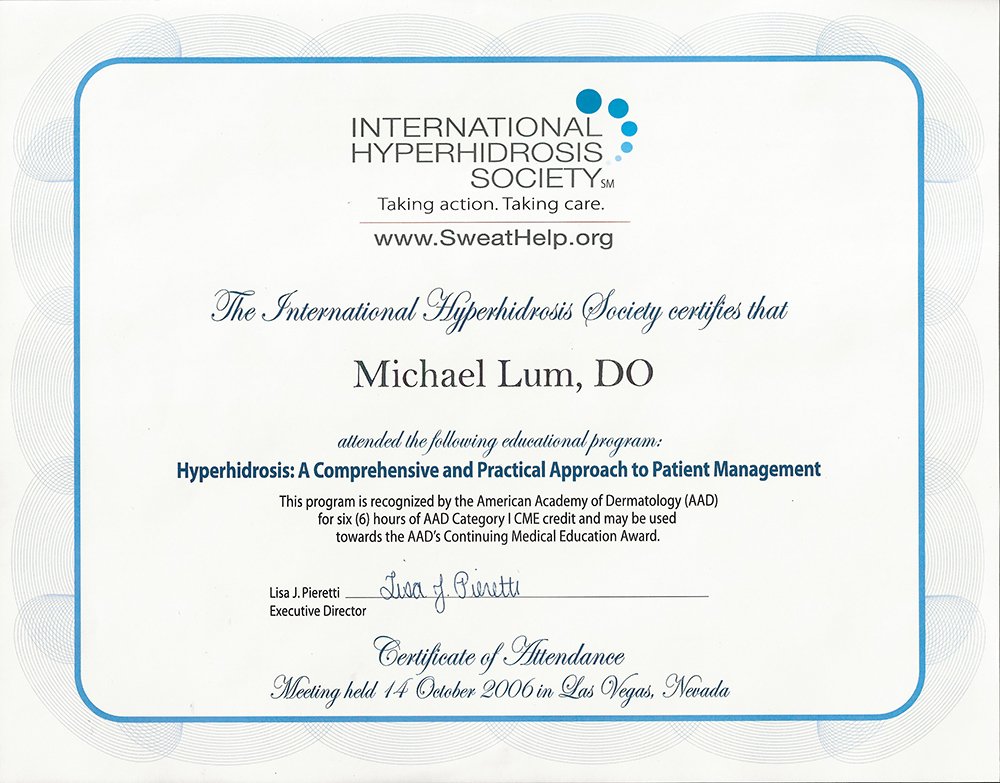
Underarm sweating (axillary hyperhidrosis) can be quite inconvenient for many people.
Why treat excessive underarm sweating?
Excessive sweating in the underarm area, known as axillary hyperhidrosis, can lead to several challenges and discomforts. Here are some ways in which underarm sweating can be inconvenient:
- Wetness and stains: Excessive underarm sweating can result in wet patches on clothing, leading to embarrassing and visible stains. This can cause social discomfort and self-consciousness, particularly in professional or social situations.
- Odor: Increased sweating in the underarms can contribute to body odor, which can be unpleasant and make individuals feel self-conscious about their personal hygiene.
- Clothing choices: People with excessive underarm sweating may feel limited in their clothing choices, as they may have to avoid certain materials or colors that show sweat stains more prominently.
- Discomfort and skin issues: Persistent moisture in the underarm area can lead to skin irritation, rashes, or even infections. The constant dampness can be uncomfortable and may require additional care and hygiene measures.
- Impact on daily activities: Underarm sweating can interfere with daily activities and physical comfort. It may make individuals avoid certain physical exercises or activities that could exacerbate sweating or cause embarrassment.
Overall, underarm sweating can be inconvenient both physically and emotionally, impacting an individual’s confidence, clothing choices, and overall quality of life.
How does Botox treatment for hyperhidrosis work?
Botox for hyperhidrosis works by stopping the nerves from telling the sweat glands to produce too much sweat. When Botox is injected into the area where you sweat a lot, like under your arms or on your palms or feet, it blocks the signals that make you sweat too much.
By blocking these signals, Botox helps reduce the amount of sweat that your body produces. It acts like a temporary barrier that keeps the sweat glands from getting too active. This can help people who have a condition called hyperhidrosis, where they sweat a lot more than normal.
It’s important to remember that the effects of Botox for hyperhidrosis don’t last forever. They usually wear off after a few months, so you might need more injections later on to keep your sweating under control.

In 2004, the U.S. Food & Drug Administration (FDA) approved BOTOX (onabotulinumtoxinA) for the treatment of severe primary axillary hyperhidrosis (excessive sweating of the underarms) in patients unable to obtain relief using antiperspirants.
In 2006, Dr. Lum was certified by The International Hyperhidrosis Society, recognized by the American Academy of Dermatology (AAD).
Posted on July 2, 2023




